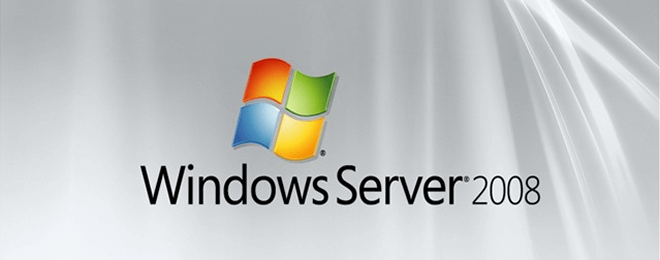Tips for Improving Performance of Your Windows Server 2008 Dedicated Machine
It’s common in the web hosting world to compare the relative benefits of operating systems. This masks an important fact, though: in all cases, they are what you make of them. While there are naturally limits to this (no one is running Commodore 64 web hosting), the little improvements you can make to a machine can add up quickly.
This means that whatever drawbacks there are to hosting a dedicated Windows machine (and some say there aren’t as many these days), they can easily be negated with the right adjustments. Here are some of the most common suggestions for improving performance of Windows Server 2008 on your dedicated server.
Put the pagefile on a separate drive
The “pagefile” is a memory file that Windows treats as virtual memory (does that make it virtual virtual? Oh, never mind). This file is accessed frequently, and so you’re going to want to make sure that it is able to respond quickly. The best way to do this is to have it setup on its own separate hard drive. This will keep it freed up in case your machine gets bogged down by some memory hog script or complicated request.
RELATED: The Next Big Money Makers
One thing that makes this easy is that you probably won’t need a large drive for this at all. Web hosts usually have a cache of old hard drives that no one wants because their small size makes them effectively deprecated. They might sell you these for cheap or even just give them to you for free.
Disable unused services
We already suggested this as a way to increase security on your machine. It’s also a good way to increase efficiency. Each one of these services uses up system resources.
Which ones you’ll want to disable will depend on exactly what you’re trying to do, but there are a lot that are likely candidates for downgrading to “Manual” or outright deletion. One example is “Block Level Backup Engine Service”, which backups data on the block level for restoration. A good web host should have backup procedures already in place, if your web host doesn’t provide it automatically.
RELATED: The Power of Cube Panel
As you go through these, take care not to disable anything that you are going to actually need. There’s lots of information online for each of them to help you double-check.
Perform the obvious
If your machine even has a sound card, disable it, if not remove it outright. Turn off the screen saver if you can, or set it to “blank” if you can’t. Turn off machine hibernation (not like it’ll probably ever get that far, but constantly checking for it is one more thing your machine doesn’t need to busy itself with).
Also if you can either spare the downtime or can arrange your data in such a way that you can keep your site up while doing so, see if you can defrag your disk now and then. Your web host might be able to suggest a clean way to do that. If it’s not possible, then at least defrag it once before going live. The less spread out your data is, the faster your machine will be able to access it.
RELATED: Website Security: What is Your Ultimate CRASH plan?
None of these things by themselves may sound like much. No one of them is. Taken together, they can make a world of difference in how well your Windows 2008 Server machine runs.




